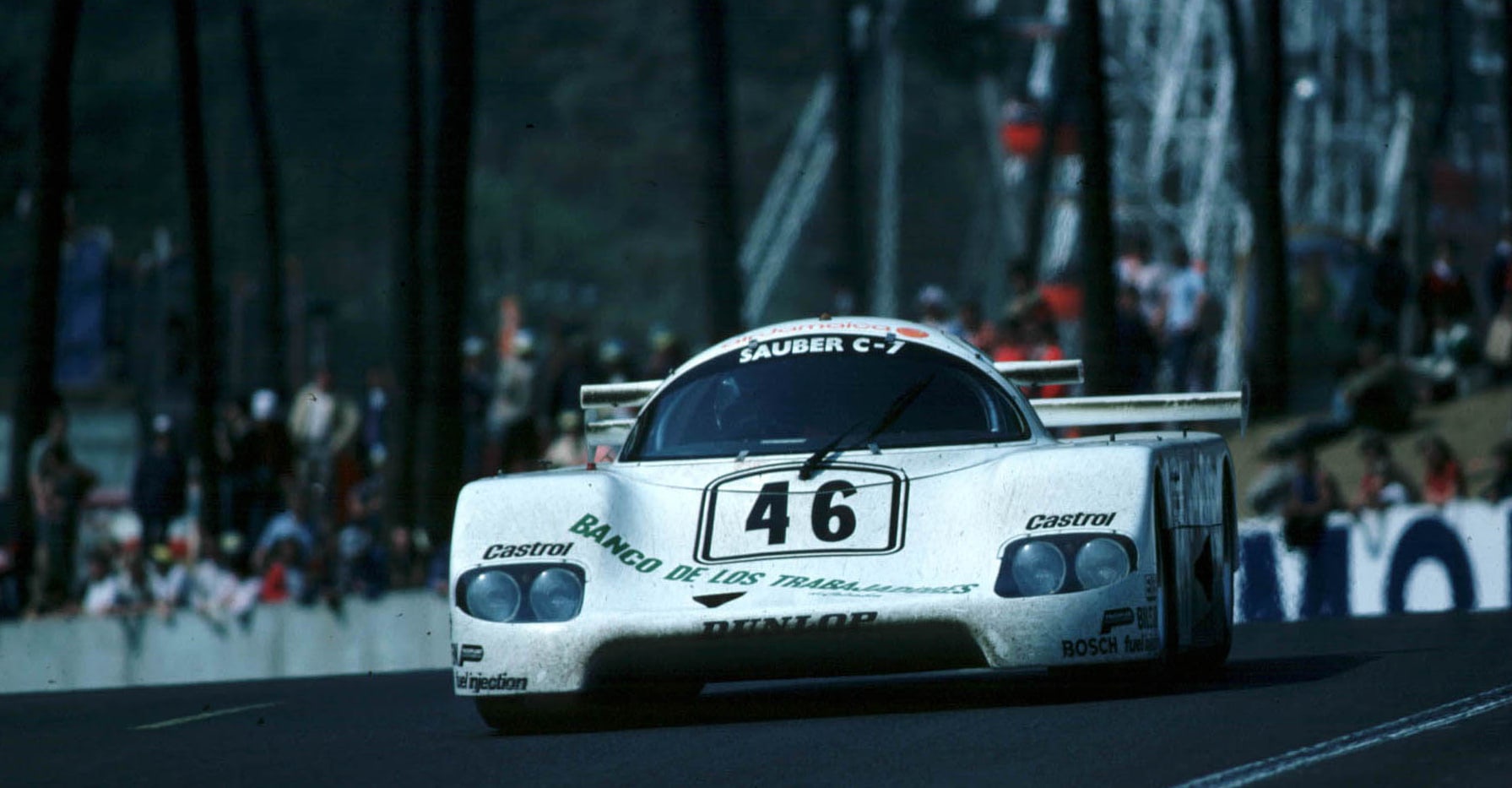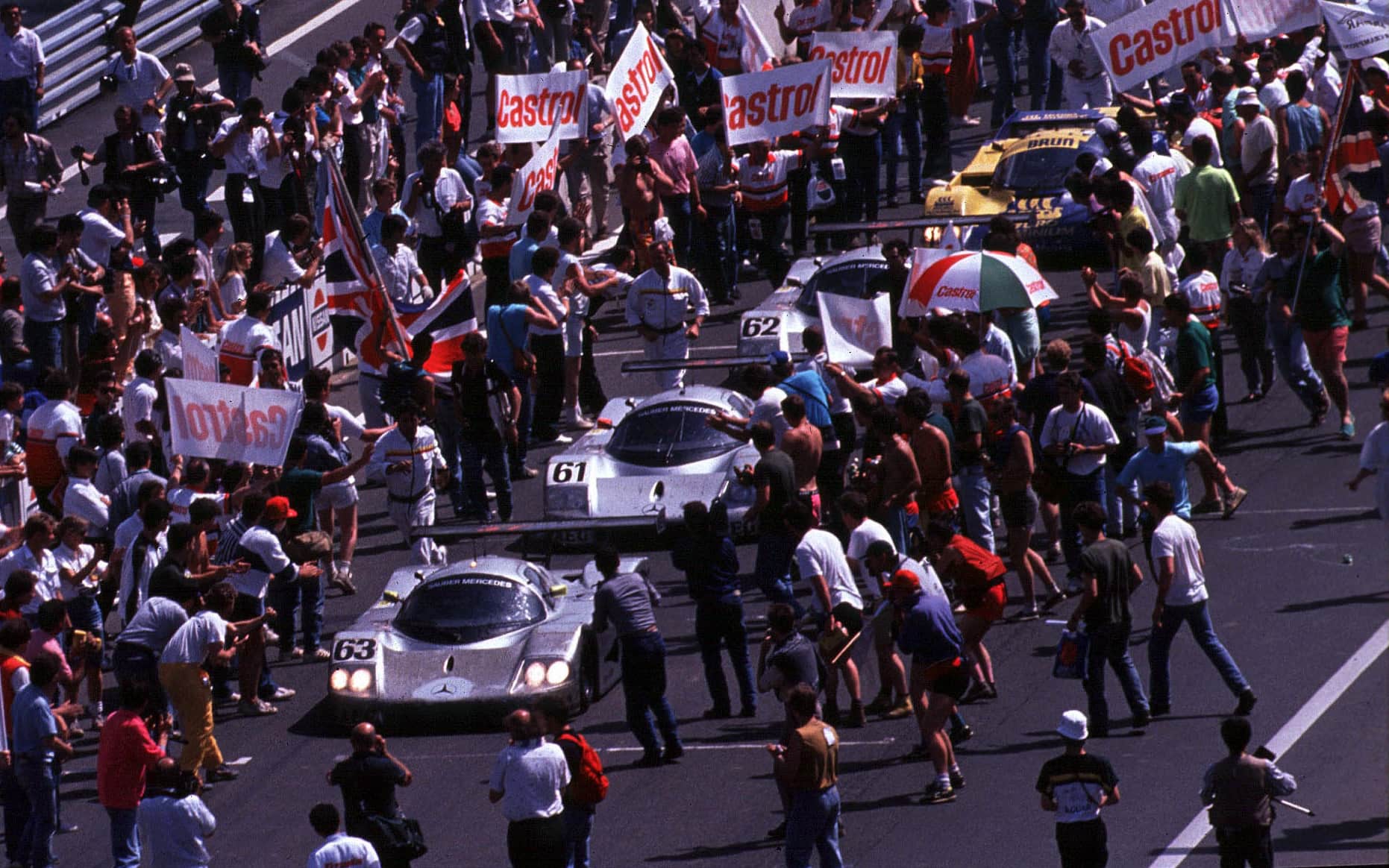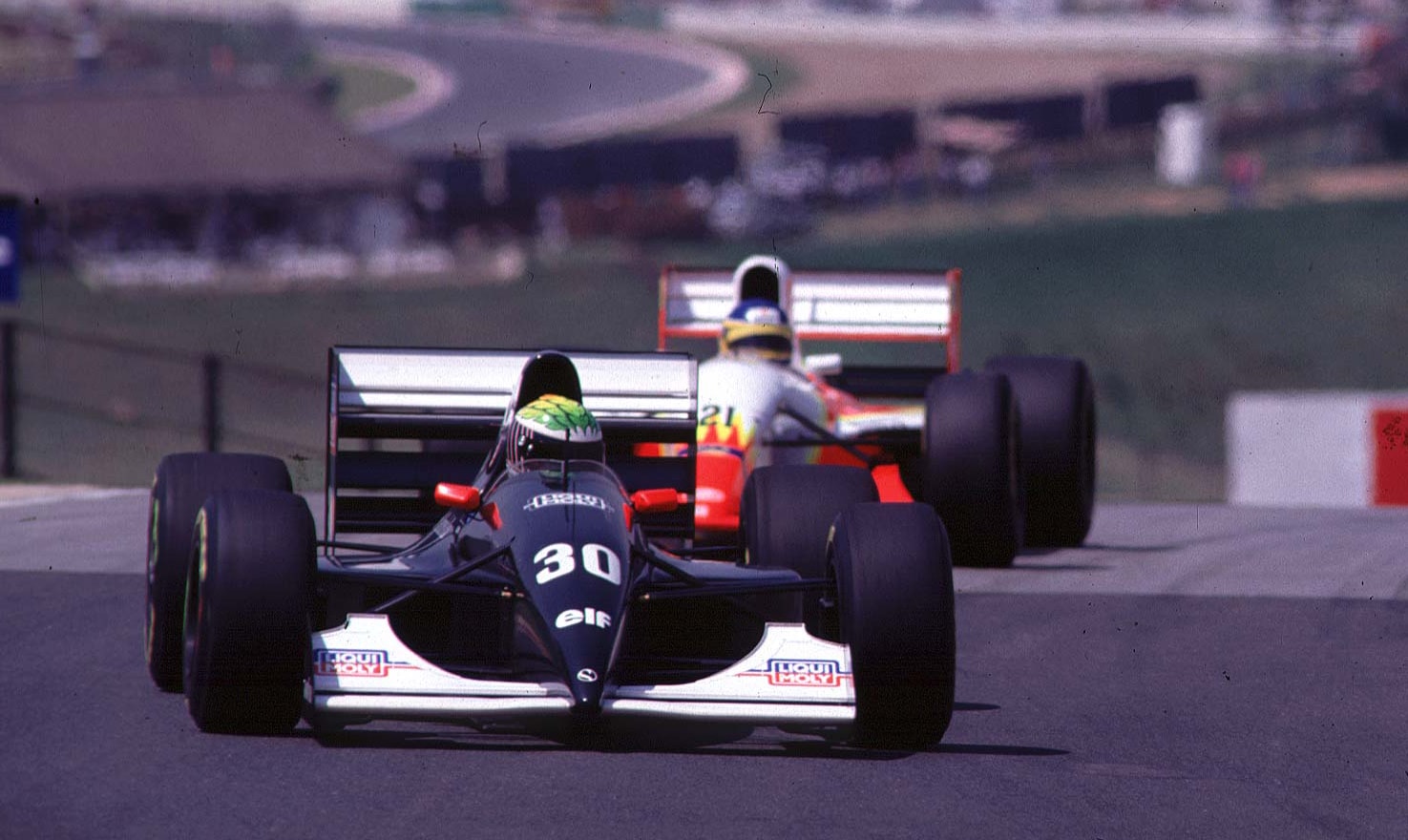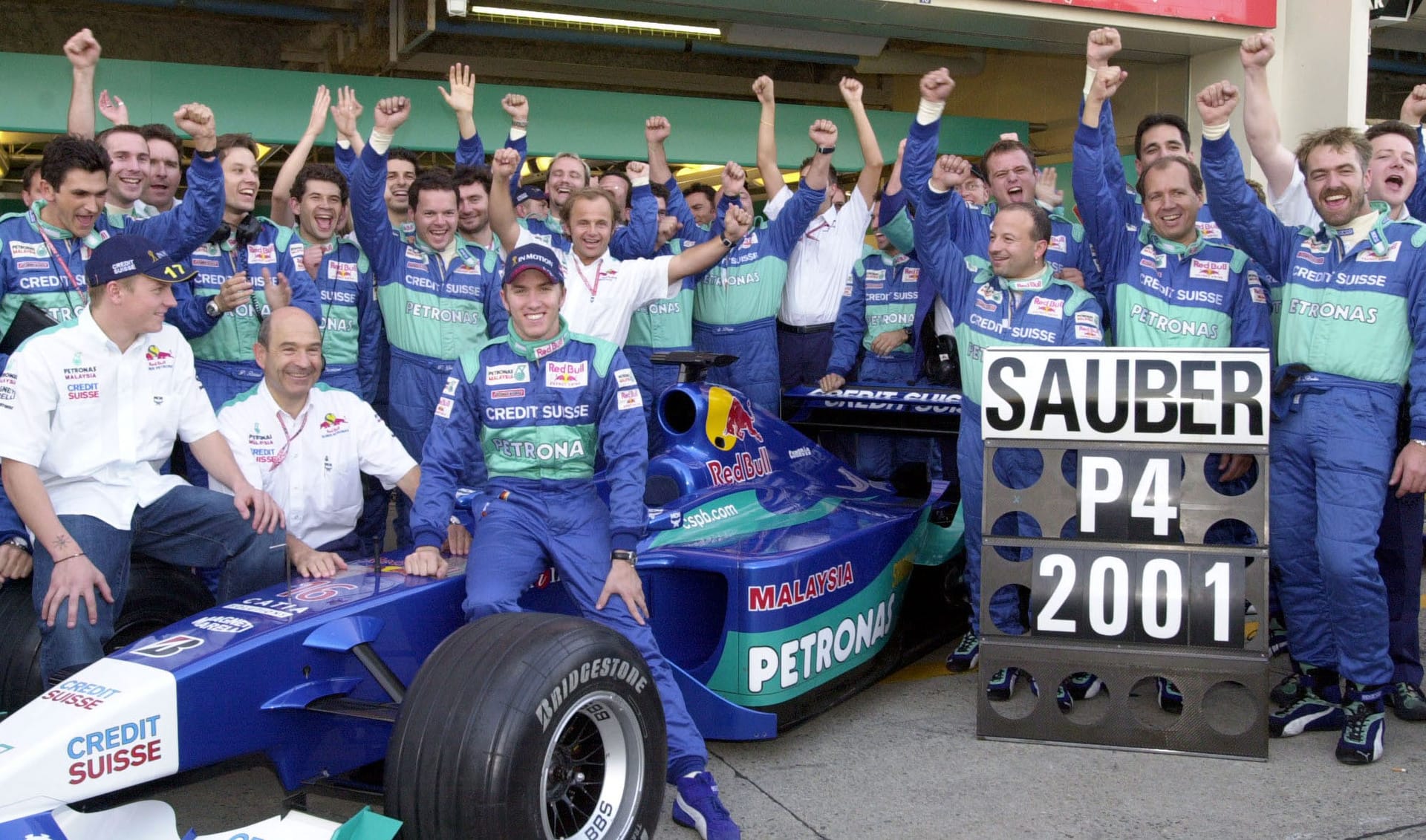Clean: What started small, turned out big 🎥
50 YEARS OF ACTIVITY On May 15, 1970, Peter Sauber founded his company as a racing constructor. Over the decades, PP Sauber AG became the most popular and successful Swiss racing team. A series of pictures shows the beginnings of Peter Sauber, his first pioneering designs and the Formula 1 cars up to the C32 Ferrari of 2012, all from different perspectives. Right in front of [...]
A photo arc shows Peter Sauber's beginnings, his first pioneering designs and the Formula 1 cars up to the C32 Ferrari of 2012, all from multiple perspectives.
Exactly 50 years ago, on May 15, 1970, Peter Sauber founded the company PP Sauber AG. After having souped up VW Beetles himself and the legendary "cheese slice", a VW Hegglin Spyder, the man from the Zurich Oberland piloted his first real in-house design to success in that season.
Swiss sports car champion at the first attempt
With the Sauber C1 - whose initial is still honored by his wife Christiane in all type designations - and a one-liter Cosworth engine in the rear, 26-year-old Peter Sauber won the Swiss Sports Car Championship at the first attempt. The PP Sauber logo was emblazoned on the front and rear spoilers. It was the start of something special and, at the time, unimaginable...
Interseries title with Herbert Müller
After that, it didn't take PP Sauber AG long to establish itself on the Swiss racing scene and soon abroad with the next models C2, C3, C4 and C5. New customers were constantly being added. Herbert Müller scored the first international triumph with the Sauber C5 from Francy Racing, which he drove to title honors in the Interseries.

Sad winners at the Nürburgring
The next big international success came at the Nürburgring 1000-kilometer race, of all places, where the unforgettable man from Aargau was killed in an accident. Nelson Piquet and Hans-Joachim Stuck were at the head of the classification with the Hinwil-built BMW M1 Group 5 when the race was stopped.
In between these two successes, the Sauber team also competed in the 24 Hours of Le Mans for the first time with the C5, fielded a Formula 3 team in the Swiss championship and was also at work in the legendary Procar series with a fast BMW M1.

Only Porsche was better
In 1982, Sauber entered the newly launched Group C as the constructor of the SHS C6 with Cosworth engine. With the Sauber C7 with M1 engine entered for South Americans, the small Swiss private team achieved another respectable international success at Le Mans in 1983, finishing ninth overall behind eight Porsche 956s.
Breakthrough with private Mercedes power
With the help of Mercedes people, but still without factory support, a V8 turbo engine was fitted in the rear of the next C8 model. Mike Thackwell and Henri Pescarolo thus gave the Swiss their first World Championship race victory at the Nürburgring in 1986.
Mercedes factory team
The efforts paid off. Factory support from Mercedes followed in 1988 - after a 33-year absence, the Stuttgart-based company officially returned to racing. With the Sauber-Mercedes C9, the first Silver Arrows of the modern era, the Swiss-German team took a double victory at Le Mans in 1989 and, as in 1990, won the drivers' and teams' world championship titles for sports prototypes.

From Group C to Formula 1
In the last two years in Group C, Sauber-Mercedes attracted attention not only with its cars, the C11 and most recently the C291. In 1990, the young Michael Schumacher formed the Mercedes Junior Team with Karl Wendlinger and Heinz-Harald Frentzen.
All three subsequently ended up in Formula 1, which Peter Sauber also courageously turned to. It was the last but most significant step in the history of the former PP Sauber AG, from which Sauber Motorsport and today's Alfa Romeo Racing Team emerged.

First book already in 1989
Anyone wanting to know details about the Sauber years in Formula 1 will find what they are looking for on the homepage. There are also a number of books about Sauber from its beginnings to Formula 1, such as "Sauber Mercedes - The Comeback of the Silver Arrows" by Michael Riedner (already published in 1989) and "The Sauber Formula" by Daniel Reinhard, Jimmy Froidevaux and Michael Stäuble (2004).










